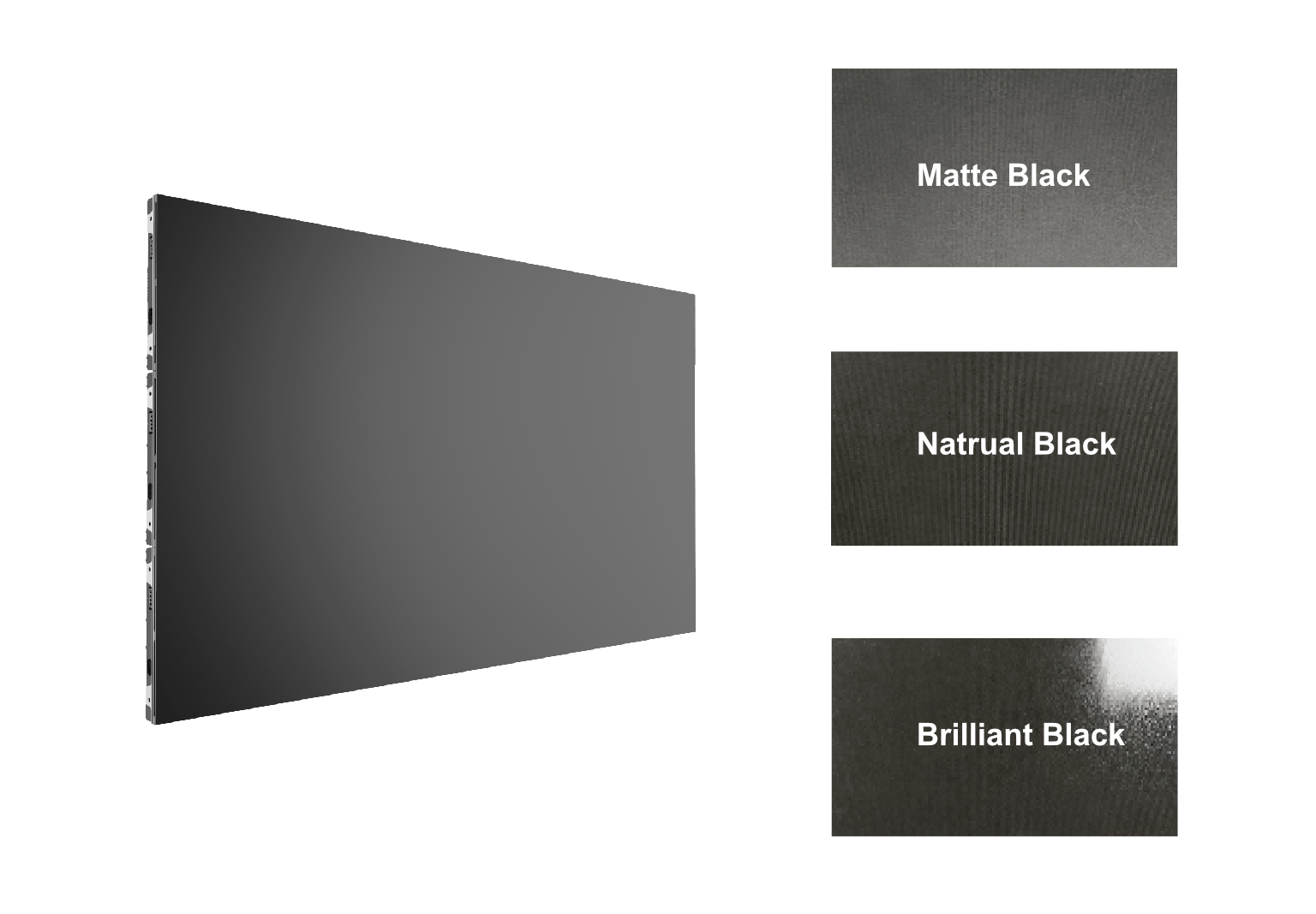Direct view LED Display
Direct view LED is a type of display technology that uses light emitting diodes (LEDs) to create images directly on the screen, without the need for a backlight or a liquid crystal layer. Direct view LED displays offer many advantages over other types of displays, such as high brightness, contrast, color accuracy, energy efficiency, and durability. In this blog post, we will explain what direct view LED is, how it works, and what are some of its applications.
Direct View LED VS LCD
LCD and DVLED are two types of display technologies that use different methods to create images on the screen. LCD stands for Liquid Crystal Display, which uses a white light source (usually LED) behind or at the edge of the glass panel. The light passes through a filter and a shutter that change the color and brightness of each pixel. LCD displays tend to be thicker and hotter than DVLED displays.
DVLED stands for Direct View Light Emitting Diode, which uses tiny LEDs as the main source and element of the image. The LEDs directly emit light in different colors, without the need for a backlight, an edge light, or a filter. DVLED displays offer more advantages than LCD displays, such as thinner and lighter design, longer lifespan, and lower heat emission.
Direct View LED technology has better viewing experience than LCD screens. It uses red, green, and blue LEDs for each pixel to create billions of colors. This makes the image more realistic and appealing. LCD screens need special software to calibrate and synchronize them, which is costly and complex. They also degrade at different rates, which affects the quality of the image. LCD screens are thicker than LED displays, which can look bulky and distract from the content. LED displays are thin and frameless, which enhances the viewing distance and immersion.
Get PRICE OF FINE PITCH LED WALL
We are passionate to offer you the best possible services

